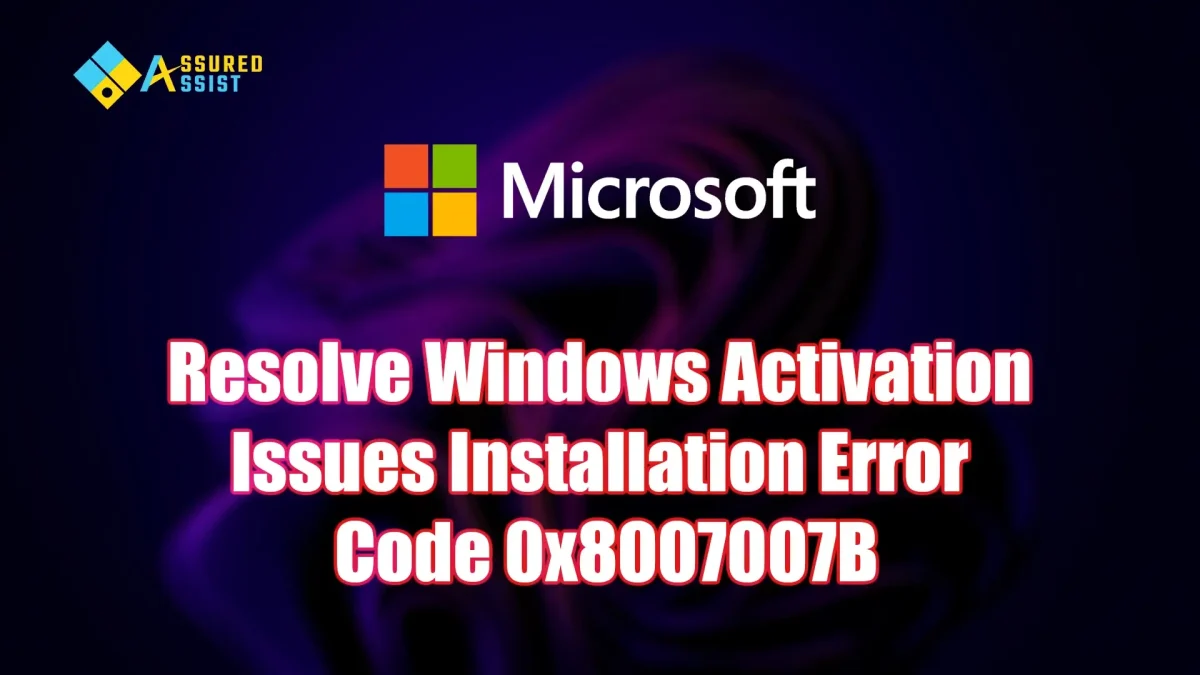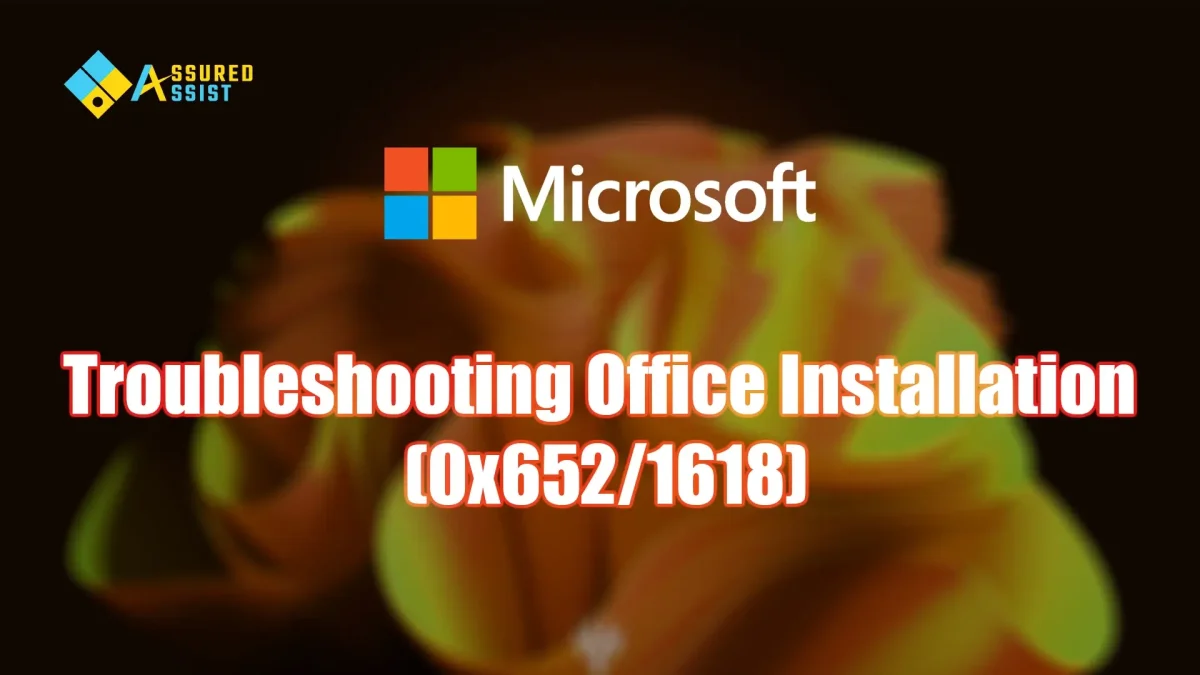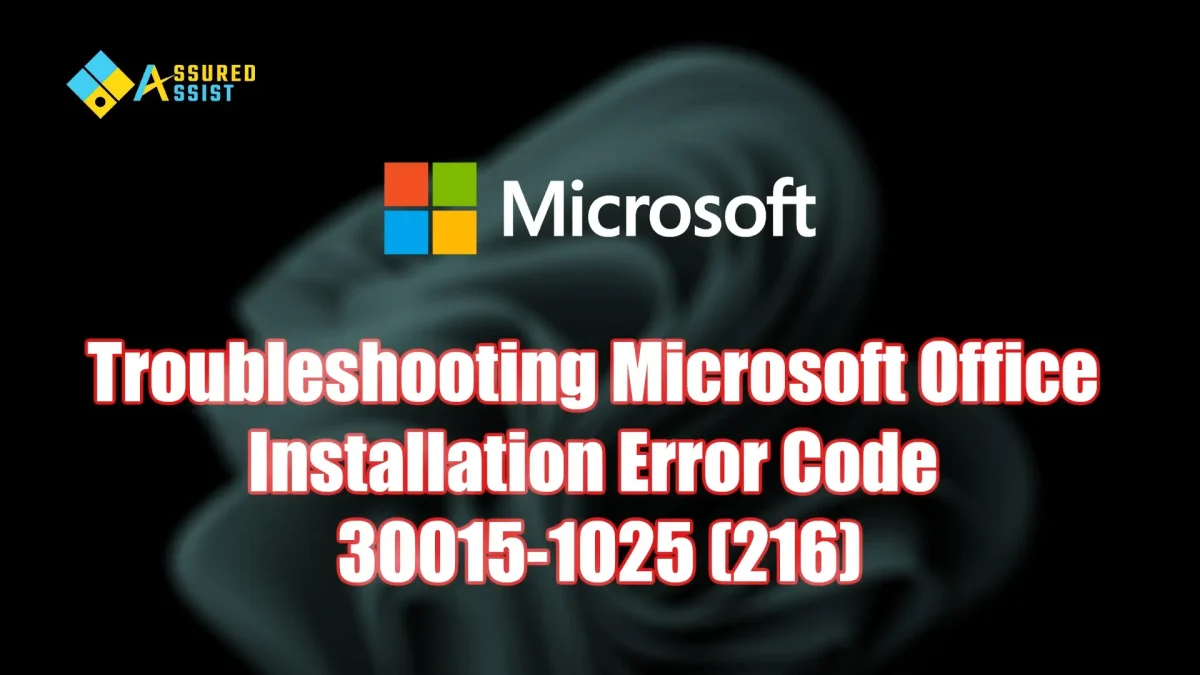Network-Related Issues
Network-related issues refer to problems that affect the communication between your computer and the internet or other network devices. These issues can disrupt the functioning of applications and services that require an active internet connection or local network access. Common network-related problems include:
1. Slow or Unstable Internet Connection
Cause: This can happen due to weak Wi-Fi signals, overloaded routers, or issues with the Internet Service Provider (ISP).
Fix: Check your Wi-Fi signal strength, reboot the router, or try using a wired connection. You may also want to run an internet speed test to identify issues.
2. Connection Timeouts
Cause: A timeout occurs when your device can’t establish a connection to a website or server within a set period.
Fix: Ensure that your internet connection is stable, check DNS settings, or try using a different network or VPN if necessary.
3. DNS Resolution Problems
Cause: The DNS (Domain Name System) is responsible for converting domain names into IP addresses. If there’s an issue with DNS, your device may not be able to reach websites.
Fix: Flush DNS cache on your device or change DNS servers (for example, to Google’s 8.8.8.8 or Cloudflare’s 1.1.1.1).
4. IP Address Conflicts
Cause: When two devices on the same network are assigned the same IP address, it can cause connectivity issues.
Fix: Restart your router or manually assign a unique IP address to each device.
5. Router Issues
Cause: The router may be malfunctioning, causing poor connection or no connection to the network.
Fix: Power cycle your router or check for firmware updates. If necessary, reset the router to its factory settings.
6. Firewall or Antivirus Blocking
Cause: Security software like firewalls or antivirus programs can sometimes block network traffic, leading to connection issues.
Fix: Temporarily disable firewall or antivirus settings to see if the issue resolves. Be sure to re-enable security features once you’re done troubleshooting.
7. Network Congestion
Cause: Too many devices using the same network can slow down the connection, especially if they are streaming or downloading large files.
Fix: Limit the number of devices connected to the network or prioritize certain devices using Quality of Service (QoS) settings in the router.
8. Proxy Settings
Cause: Proxy servers are used to control internet access, but incorrect settings can interfere with your network connection.
Fix: Check your proxy settings and disable them if necessary. You can also configure the proxy correctly if you need it.
9. Wi-Fi Interference
Cause: Interference from other devices (microwaves, other Wi-Fi networks, Bluetooth devices) can cause connectivity issues, especially on crowded Wi-Fi channels.
Fix: Change the Wi-Fi channel or move closer to the router. Consider using a 5GHz band if available for less interference.
10. Network Driver Issues
Cause: Outdated or corrupted network drivers can cause network problems.
Fix: Update your network adapter drivers or reinstall them through the Device Manager on your computer.
Addressing these network-related issues typically involves identifying the root cause, using troubleshooting tools, or contacting your ISP or network administrator if the problem persists.
































